Description
Campo del Cielo is a class IAB iron meteorite, comprised of about 93% iron and 6.7% nickel, plus small amount of trace elements including gallium, germanium, cobalt, and iridium. In English, the name means “Field of Heaven” or “Field of the sky” and Campo del Cielo is an important historic meteorite, first recorded in 1576 by Spanish explorers under Captain de Miraval in Chaco province, Argentina. De Miraval recovered several fragments in Gran Chaco Gualamba — an area known to be otherwise largely devoid of stones — that were from a mass known as “Meson de Fierro” (large table of iron). In his Handbook of Iron Meteorites, Vagn Buchwald notes that the “Governor of Santiago del Estero expressly sent Miraval to locate the iron which was known to the Indians and was regarded as having fallen from heaven,” indicating that local peoples were aware of its existence prior to 1576, making it one of Earth’s oldest-known meteorites.
The impact is believed to have occurred approximately 5,000 years ago and the Campo strewnfield is roughly 18 km in length and includes at least 25 distinct craters. It is one of the larger known strewnfields on Earth, and perhaps the single biggest crater field. It is also one of the largest impacts from which actual meteorite specimens have been recovered. The heaviest single mass from the fall weighs 37 tons. Known as “El Chaco,” it is regarded as a national treasure and remains in Argentina, where it originally fell. Another large mass, known as “Otumpa” and weighing an estimated 1,000 kg was discovered in 1803. Due to a shortage of terrestrial iron, the Otumpa mass was transported to Buenos Aires where attempts were made to fashion it into weapons for use in the war against Spain. Some of this iron was employed to make the barrels of two pistols that were presented to United States President James Monroe, but the bulk of it (now reduced to 634 kg) eventually made the long sea journey to England, where it became the first large meteorite to be displayed at London’s British Museum.
Numerous additional masses have been found over the years and Campo del Cielo, has one of the longest and most interesting terrestrial histories of any iron meteorite. It is a polycrystalline, coarse octahedrite and cut specimens often show inclusions of silicate-graphite-troilite.
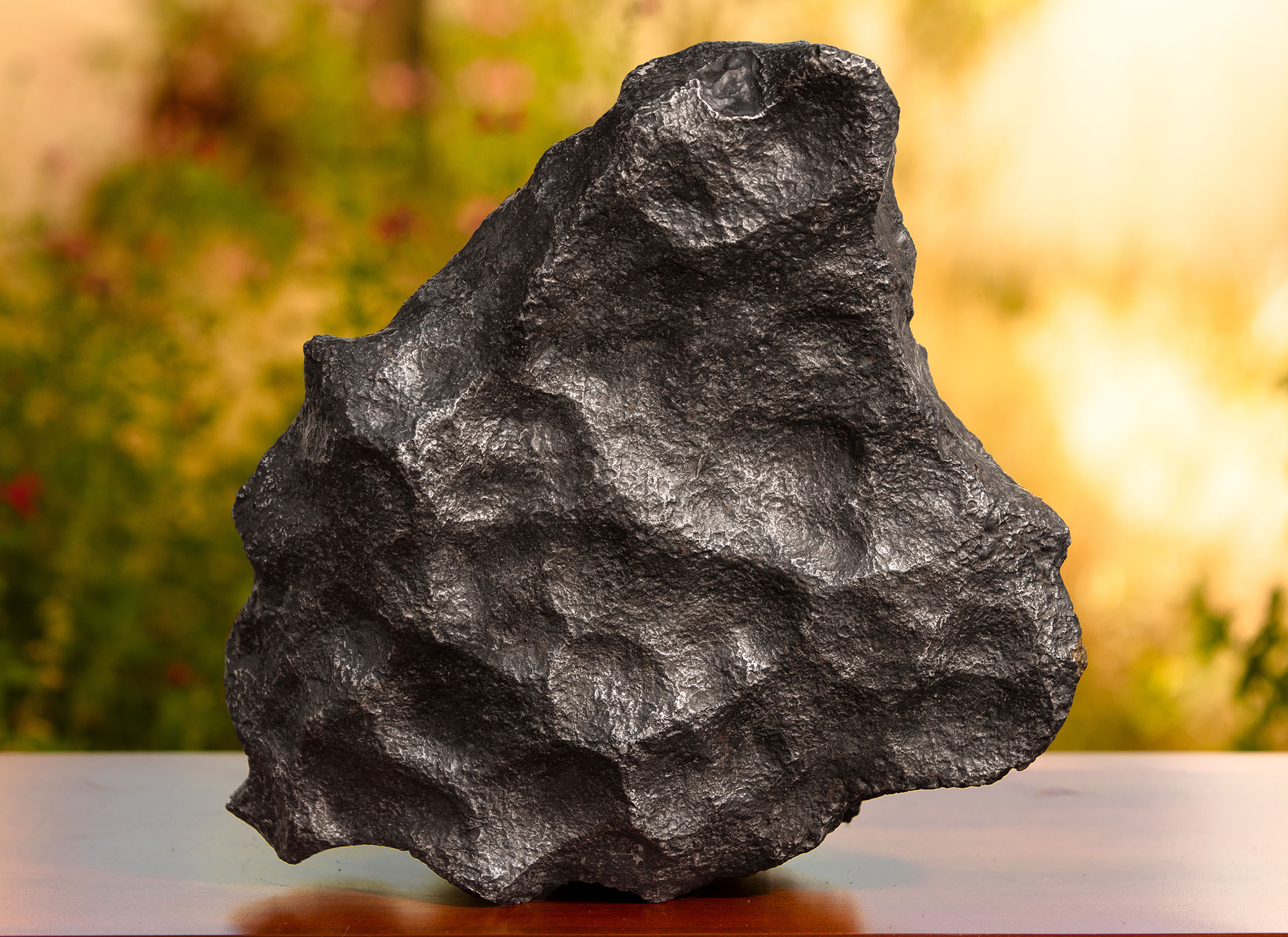


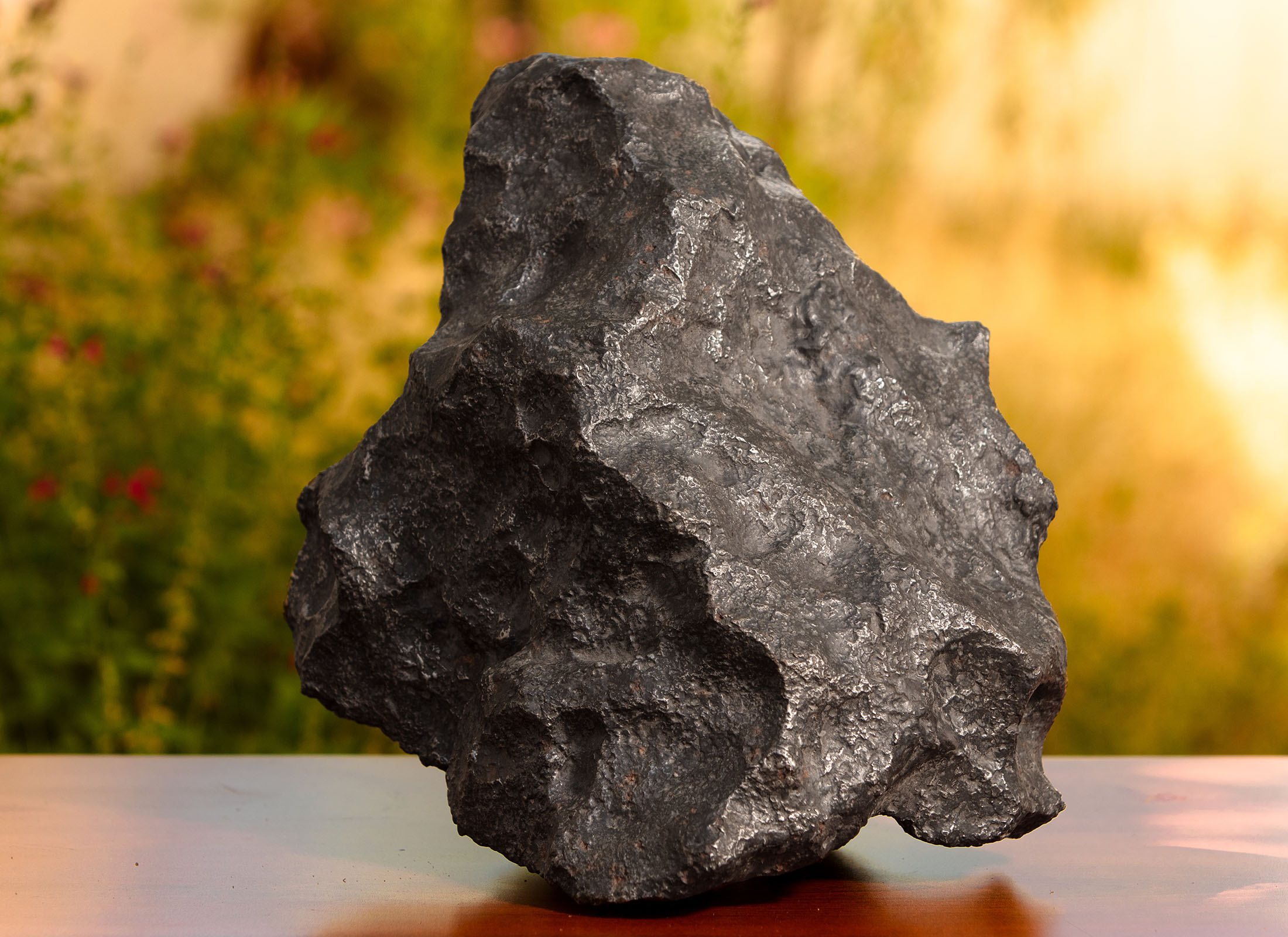
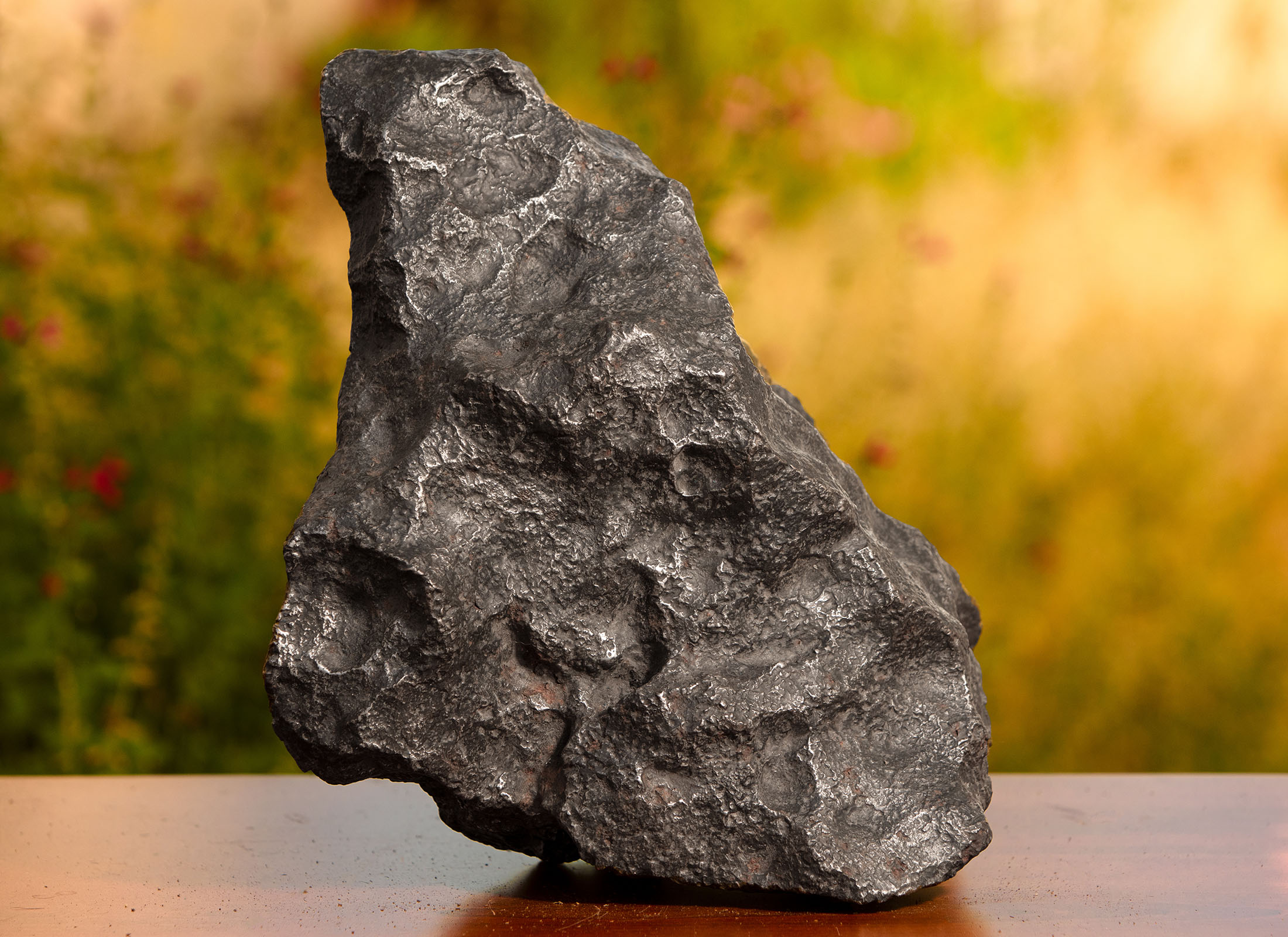
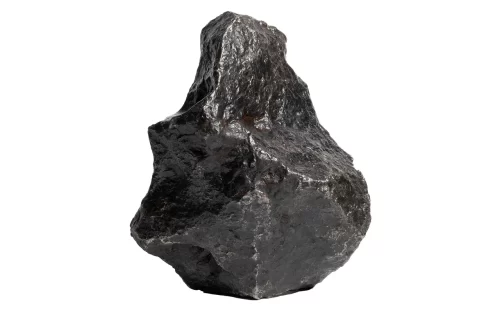
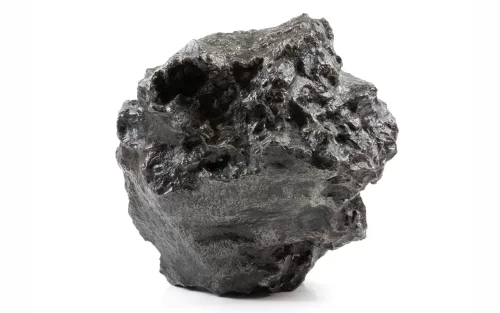

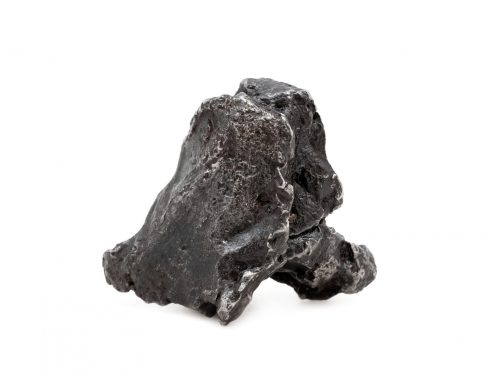
Reviews
There are no reviews yet.